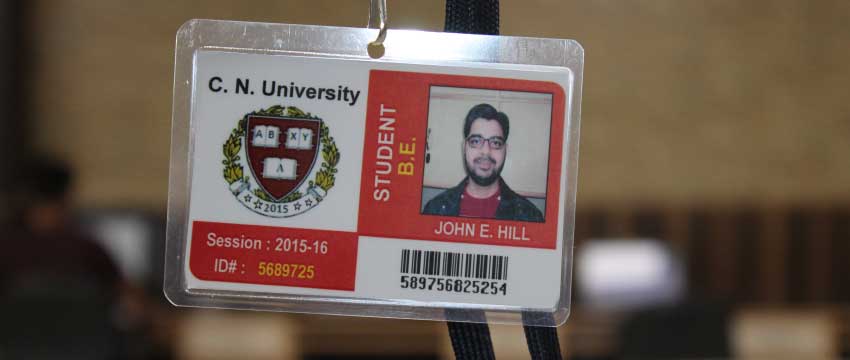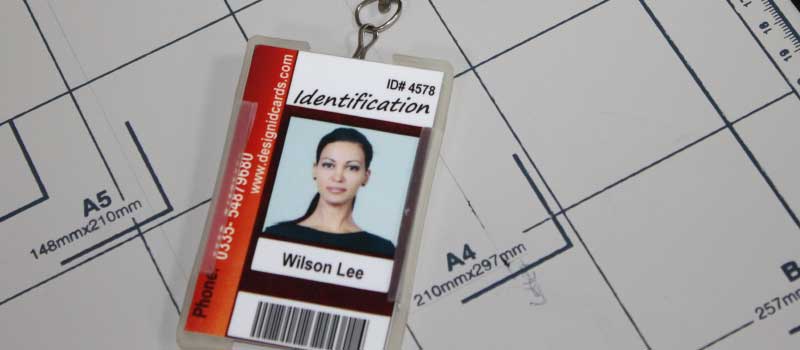Important Consistency in Student ID Badge Designs
Consistency in student ID badge designs across a school or university is highly important for several reasons. Let's explore them in detail:
- Identification and Security: ID badges serve as a means of identification and help ensure the security of the campus. Consistent design elements make it easier for faculty, staff, and security personnel to quickly identify individuals as legitimate members of the institution. A consistent design allows for easy recognition, which can help prevent unauthorized access and maintain a safe environment.
- Unity and School Spirit: A consistent ID badge design creates a sense of unity and belonging among the students and faculty. It fosters a collective identity and promotes a positive school culture. When everyone wears the same or similar badges, it reinforces the notion of being part of a larger community, instills pride in the institution, and enhances school spirit.
- Professional Image: Consistency in ID badge design contributes to a professional and organized image for the institution. It reflects the attention to detail and the commitment to quality that the school or university upholds. A well-designed ID badge can give a positive impression to visitors, potential students, and employers who may interact with the institution or its members.
- Branding and Recognition: A consistent ID badge design can align with the school or university's overall branding strategy. It can incorporate the institution's logo, colors, or other visual elements that represent its brand identity. This consistency reinforces the recognition of the institution and its affiliation, both internally and externally. It helps establish a visual connection between the ID badges and the larger educational institution.
- Efficiency and Standardization:Consistency in ID badge designs streamlines administrative processes and enhances efficiency. It allows for standardized procedures in issuing, tracking, and managing the badges. When the design elements remain the same, it becomes easier to produce the badges in bulk, update them when needed, and maintain a uniform system across different departments or campuses within the institution.
- Compliance and Legal Requirements: In some cases, student ID badges may need to adhere to specific compliance or legal requirements, such as including certain information or security features. Consistency in design ensures that all necessary elements are present and correctly implemented, reducing the risk of non-compliance and potential legal issues.
- Ease of Communication and Support: Consistent ID badge designs enable effective communication and support within the institution. For example, if the badges have standardized placements for QR codes, barcodes, or RFID chips, it becomes easier to scan or read the information encoded on them. This facilitates various processes, such as library access, attendance tracking, or financial transactions, by providing a reliable and recognizable format.
In summary, consistency in student ID badge designs across a school or university is crucial for identification, security, unity, professionalism, branding, efficiency, compliance, communication, and support. It helps create a cohesive and safe environment while reinforcing the institution's image and values.
Download and Install Student ID Software
Download Now
